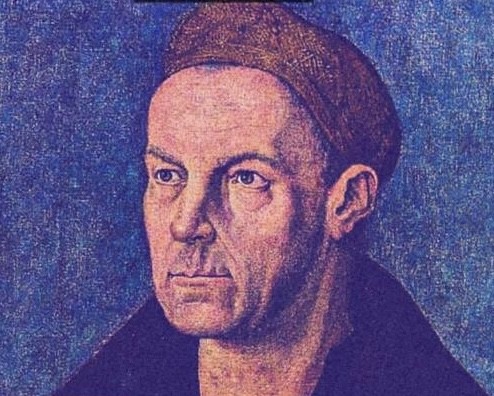Every year the Fortune 500 lists people who are Rich & Wealthy. We never ever looked at that list in the past as Indians hardly figured in the same. But the meteoric rise of Ambani and now Adani has fuelled Indian interest.
Who is currently the wealthiest man in the world? Well, no surprises for guessing as it is Elon musk with a net worth of $240 billion (well it is a little over ₹ 19 lakh crores; stop attempting to count of a number of zeros as it is way too much). The GDP for the USA is around $23 Trillion so Musk is worth around 1% of US GDP. The richest man in Europe is Bernard Arnault who is worth $132 Billion against Europe's GDP of 18 Trillion which means he is worth around 0.75% of that.
You may be wondering why I am throwing these numbers at you. How would you react if I tell you that more than 500 years ago, there was a man whose wealth was equivalent to 2-3% of Europe's GDP? I understand that Europe was much smaller then but it was the wealthiest region in the entire world. Who was this man and how did he amass so much wealth?
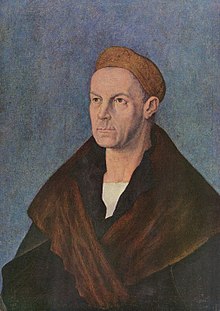
Jakob Fugger (6 March 1459 – 30 December 1525), also known as Fugger the Rich or sometimes Jakob II, was a German merchant, mining entrepreneur, and banker. He was a descendant of the Fugger merchant family located in the Imperial City of Augsburg, where he was born. He began his education at the age of 14 in Venice, which also remained his main residence until 1487.
The foundation of the family's wealth was created mainly by the textile trade with Italy and mining operations in Tyrol and from 1493 the extraction of silver and copper in the kingdoms of Bohemia and Hungary. As of 1525 they also had the right to mine quicksilver and cinnabar in Almadén.
After 1487, Jakob was the de facto head of the Fugger business operations which soon had an almost monopolistic hold on the European copper market. Copper from Hungary was transported through Antwerp to Lisbon, and from there shipped to India. Jakob also contributed to the first and only trade expedition to India that German merchants co-operated in, a Portuguese fleet to the Indian west coast (1505–1506).
After Vasco da Gama discovered the sea route to India and the establishment of the Portuguese spice monopoly, Jakob took part in the spice trade and in 1503 opened a manufactory in Lisbon. He received permission to trade pepper, other spices, and luxury goods such as pearls and gemstones through Lisbon. Along with other merchant houses of Germany and Italy, he contributed to a fleet of 22 Portuguese ships led by Francisco de Almeida that sailed to India in the year 1505 and returned in 1506. Even though one-third of the imported wares had to be ceded to the King of Portugal the operation was still profitable. However, the Portuguese were still largely dependent on the copper delivered by Fugger which was an essential export good for the trade with India.
Jakob laid the foundation of his mining business in Salzburg. He provided loans to the independent silver mine owners in the Salzburg Slate Alps which had a constant need for new capital. Instead of receiving the usual documents acknowledging the debt, he demanded "Kuxe", essentially becoming a shareholder in the mines, and through this forced more and more mine operators in the area of Gastein and Schladming to sell their silver directly to the Fugger family instead of intermediary traders.
Jakob very profitably harnessed the enormous growth potential in the mining and ore trade in the following years. As collateral for loans that he had given to the Habsburgs and the King of Hungary, he demanded mine revenues of Tyrol and the transfer of mining rights in Upper Hungary to him. Through this method, he eventually established a dominant and almost monopolistic hold on the copper trade in Central Europe.
The Fugger family were the first German trading house in a direct business relationship with the Roman Curia. In the year 1500, Jakob Fugger loaned the Vatican the money necessary to build the new St. Peter's Basilica, the Sistine Chapel, as well as other buildings within the Vatican. Following the death of Pope Alexander VI in August 1503 Jakob Fugger intensified his contacts with the Vatican in Rome. The new Pope Julius II Fugger financed the recruitment in 1505/1506 of the Swiss Guard, which still exists today.
Jakob secured his legacy and lasting fame through his foundations in Augsburg. A chapel funded by him and built from 1509 to 1512 is Germany's first renaissance building and contains the tombs of the brothers Ulrich, Georg and Jakob. The Fuggerei which was founded by Jakob in 1521 is the world's oldest social housing complex still in use. The Damenhof, part of the Fuggerhäuser in Augsburg, was the first secular renaissance building in Germany in 1515.
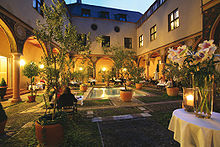
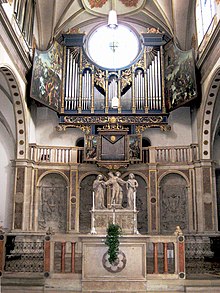
He is among the most well-known Germans and arguably the most famous citizen of Augsburg, with his wealth earning him the moniker "Fugger the Rich".
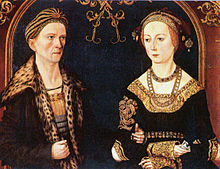
Because he had no direct descendants, the company and its assets were bequeathed to his nephews Raymund and Anton Fugger, upon his death on 30 December 1525. The inventory performed by his heirs revealed assets totalling 3,000,058 guilders and liabilities amounting to 867,797 guilders resulting in a surplus of 2,132,261 guilders.
Hence his net worth at the time of his death was a little over 2 million guilders, which allowing for inflation is approximately $ 328 billion (in 2021 dollars). At the time of his death in 1525, Fugger's personal wealth was equivalent to 2 to 3% of the GDP of Europe.
Incredibly enough, his nephew Anton Fugger managed to double the family's fortune by 1546.
@ Yeshwant Marathe
yeshwant.marathe@gmail.com
